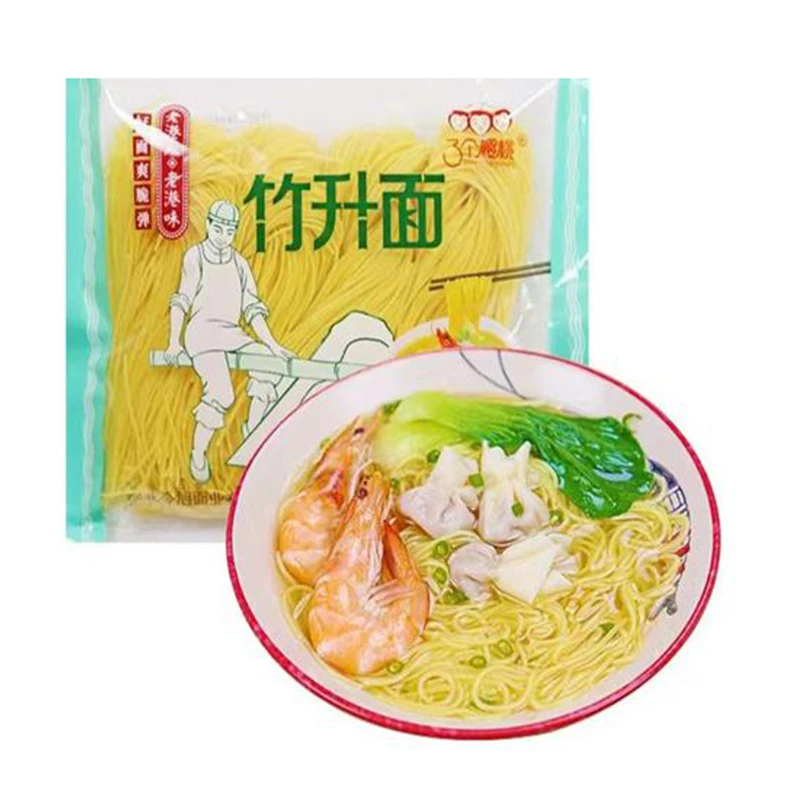Explore the Allure of 100% Soba with Authentic Flavors and Healthy Options
The Delightful World of 100% Soba Noodles
Soba, a traditional Japanese noodle, has gained immense popularity not only in Japan but across the globe. These thin noodles, made from buckwheat flour, are celebrated for their unique flavor, nutritional benefits, and versatility in various dishes. When we talk about “100% Soba,” we refer to noodles crafted entirely from pure buckwheat, offering a genuine taste of this traditional fare. Let’s explore the origins, health benefits, and culinary possibilities of 100% soba.
Origins and Cultural Significance
Soba has a rich history dating back to the Edo period in Japan (1603-1868). It was during this time that buckwheat became a staple food, particularly in mountainous regions where rice cultivation was challenging. The word 'soba' itself translates to 'buckwheat' in Japanese, reflecting its primary ingredient. The cultural significance of soba extends beyond mere sustenance; it is also a symbol of longevity and good health. In Japan, it’s customary to eat soba on New Year’s Eve, signifying the transition from one year to the next and the hope for a long life.
Nutritional Benefits
100% soba noodles are not just a delicious treat; they are also a powerhouse of nutrition. Buckwheat is naturally gluten-free, making soba a suitable alternative for those with gluten sensitivities or celiac disease. Additionally, buckwheat is high in protein, containing all nine essential amino acids, making it a valuable addition to vegetarian and vegan diets.
Furthermore, soba is rich in dietary fiber, which aids digestion and helps maintain a healthy weight. It is also known to support heart health by regulating cholesterol levels, thanks to its presence of flavonoids like rutin. Rutin is a powerful antioxidant that has anti-inflammatory properties and may also assist in improving blood circulation.
100 soba

Culinary Versatility
One of the most appealing aspects of 100% soba noodles is their versatility in the kitchen. Soba can be enjoyed hot or cold, making it a year-round staple. Cold soba, often served with a dipping sauce called tsuyu, is refreshing during hot summer days, while warm soba soup is comforting during the winter months.
The preparation of soba is also quite straightforward. Simply boil the noodles for a few minutes until al dente, rinse them under cold water, and they are ready to be served. They can be paired with a variety of toppings and ingredients. Common accompaniments include green onions, wasabi, nori, and tempura. For a heartier dish, consider adding vegetables, meats, or an array of seafood.
In addition to traditional recipes, soba can be creatively incorporated into modern cuisine. From salads to stir-fries, the nutty flavor and unique texture of 100% soba provide a delightful twist to various dishes. It can even be used as a base for pasta-style preparations or in fusion cuisine, showcasing its adaptability to different culinary traditions.
Conclusion
100% soba noodles are more than just a meal; they embody a deep cultural heritage combined with health benefits and culinary versatility. Whether you are savoring a simple bowl of soba soup or experimenting with creative recipes in your kitchen, incorporating soba into your diet can be a delicious and healthy choice. So, next time you’re looking for a nutritious and satisfying meal, consider embracing the delightful world of 100% soba. Not only will your taste buds thank you, but your body will too!
-
Is Whole Wheat Pasta Healthy?NewsMay.30,2025
-
Are Soba Noodles Good for Weight Loss?NewsMay.30,2025
-
Are Buckwheat Soba Noodles Healthy?NewsMay.30,2025
-
Are Buckwheat Soba Noodles Gluten Free?NewsMay.30,2025
-
Are Buckwheat Noodles Good for You?NewsMay.30,2025
-
A Healthy Way to Savor Soba and Spicy FlavorsNewsMay.30,2025
-
What Are Lanzhou Noodles?NewsMay.30,2025
Browse qua the following product new the we

















































































































